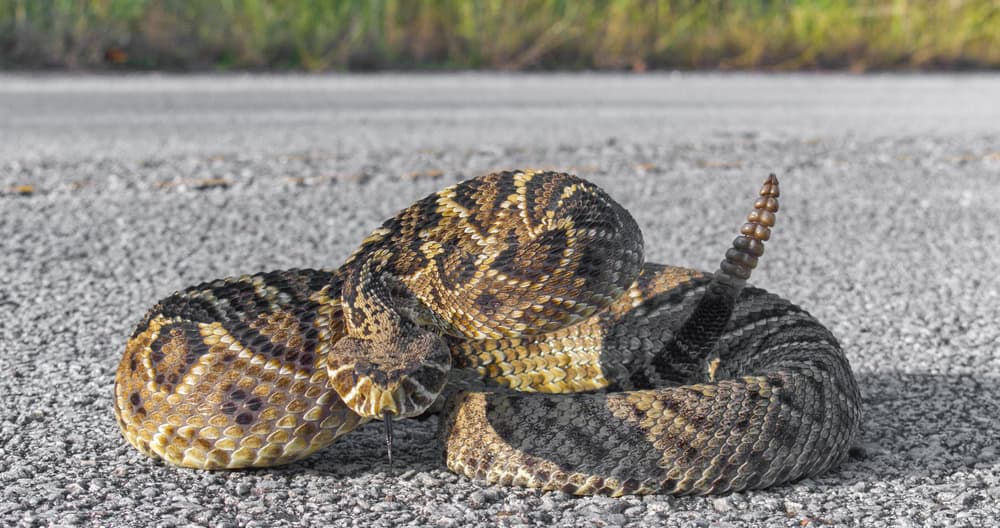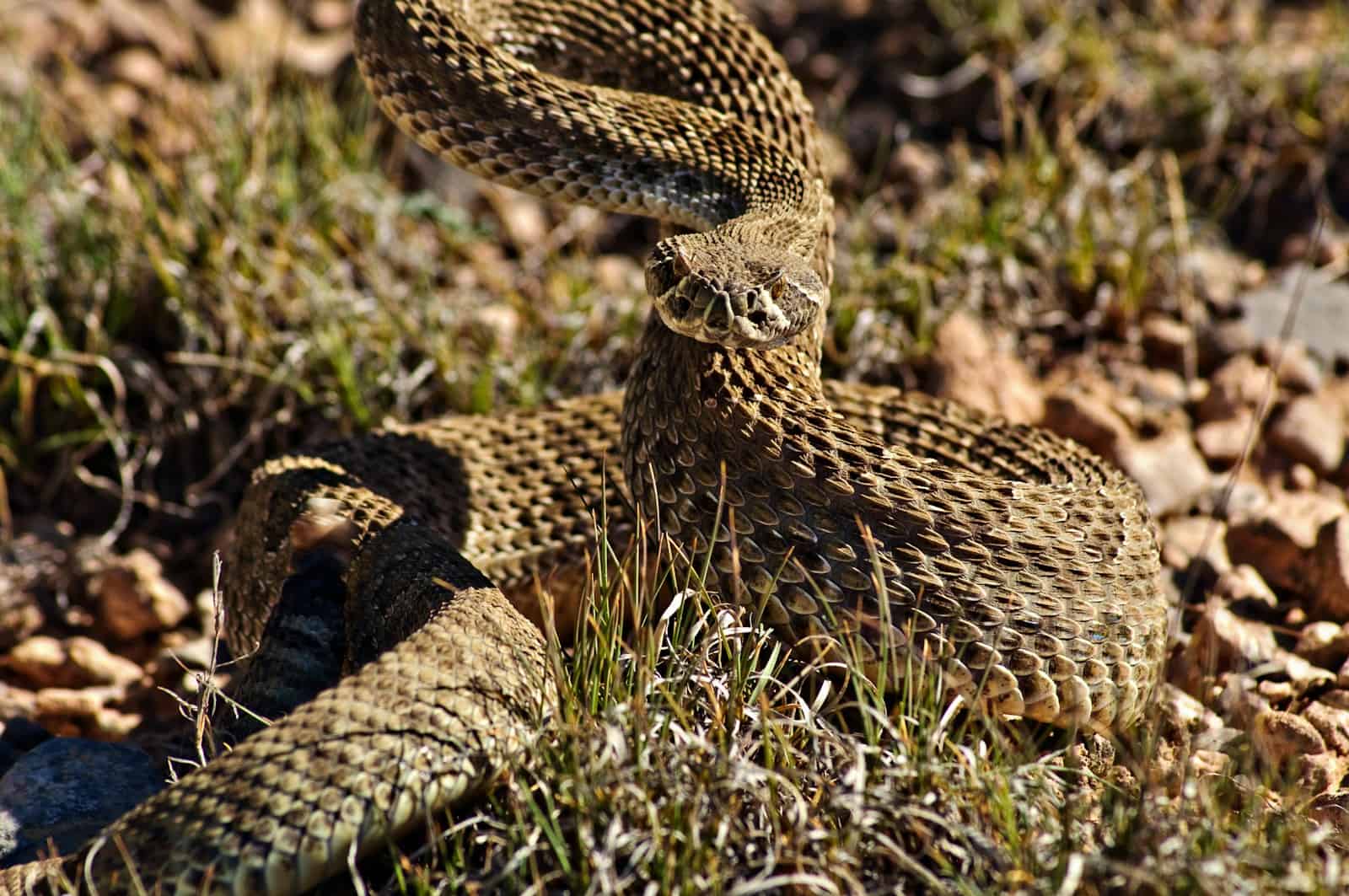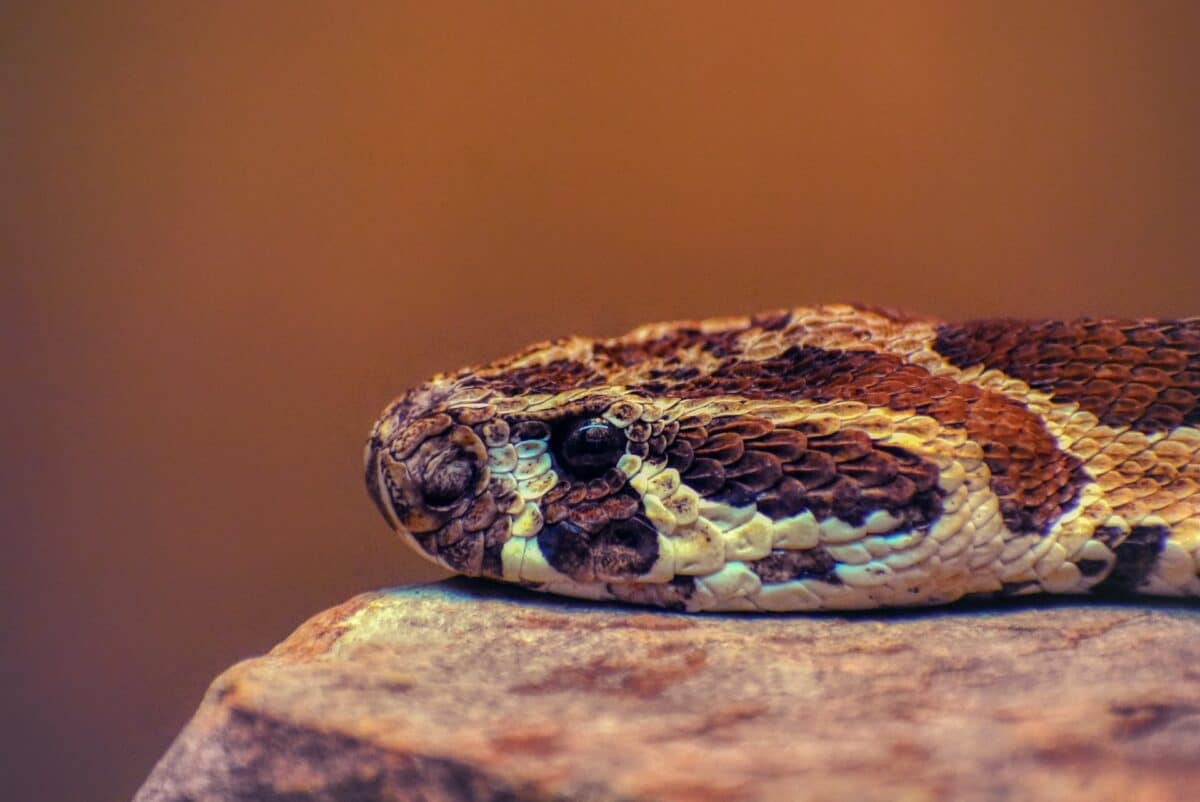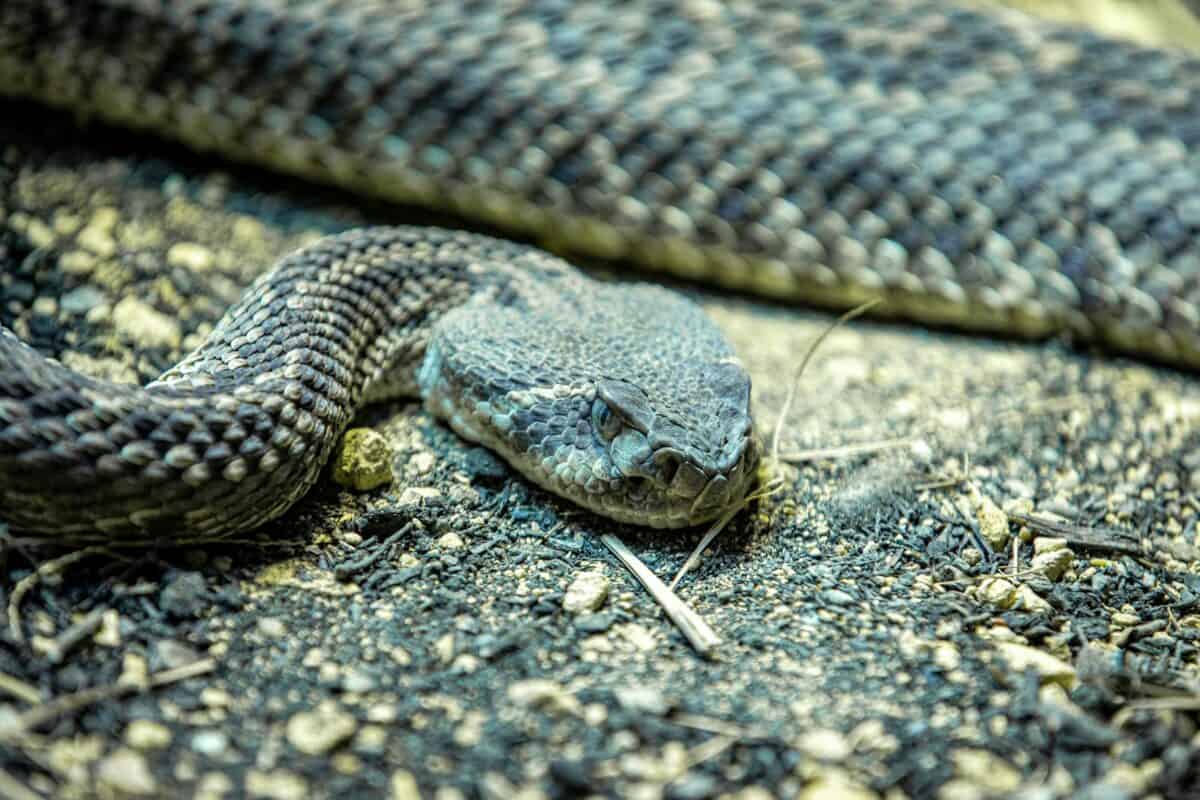Embarking on a journey through North America’s diverse wildlife, one can encounter creatures that are both fascinating and fearsome. Among these, the rattlesnake stands out with its iconic rattle and potent venom. In this article, we explore the most venomous snake on this continent, the Eastern Diamondback Rattlesnake, its habitat, behavior, and significance in the broader ecosystem.
Introduction to the Eastern Diamondback Rattlesnake

The Eastern Diamondback Rattlesnake (Crotalus adamanteus) takes the crown as the most venomous snake in North America. Known for its distinct diamond-shaped patterns along its back, this reptile commands both respect and curiosity. What sets it apart is not just its size and appearance but the potency of its venom, which is adapted for both defense and hunting.
Physical Characteristics of the Eastern Diamondback

The Eastern Diamondback is the largest rattlesnake species in the world, with some individuals growing over eight feet in length. It is characterized by its robust body, a triangular head, and distinctive black-bordered brown diamonds on its back. This cryptic pattern provides excellent camouflage in its native habitats.
Distribution and Habitat

Eastern Diamondbacks are native to the southeastern United States. Their range extends from the coastal lowlands of North Carolina, south through Florida, and west to Louisiana. They thrive in a variety of habitats, including pine flatwoods, sandy woodlands, and coastal scrub. Their presence is especially noted in the humid, subtropical climates of the southeastern states.
Behavior and Temperament

Despite their fearsome reputation, Eastern Diamondbacks are not aggressive and prefer to avoid confrontation. When threatened, they employ their rattle to warn intruders. This distinctive sound serves as both a deterrent and a means of communication. Observations suggest they are mostly solitary and maintain a home range consistent with their needs for food and shelter.
Feeding and Hunting Strategies

As ambush predators, Eastern Diamondbacks lie in wait for their prey, which primarily consists of small mammals like rodents and rabbits. Their ability to remain motionless for extended periods is a key hunting strategy. When prey approaches, they strike with precision, delivering a potent venom that immobilizes their target almost instantly.
Composition and Effects

The venom of the Eastern Diamondback is a complex mix of enzymes and proteins designed to incapacitate prey and begin the digestion process from within. For humans, a bite requires prompt medical attention due to the potential for severe tissue damage and systemic effects. Fortunately, bites to humans are rare, largely due to the snake’s reclusive nature.
Ecological Importance

Beyond their immediate impact as predators, Eastern Diamondbacks play a crucial role in maintaining the balance of their ecosystems. By controlling rodent populations, they help prevent the spread of diseases and contribute to the health of plant communities. Their presence signifies a healthy, functioning environment.
Conservation Status and Threats

Habitat loss due to development and agriculture poses the greatest threat to Eastern Diamondbacks. Furthermore, they are often persecuted out of fear, despite their ecological importance. Conservation efforts focus on habitat protection and public education to reduce unwarranted fear and destruction.
Safety Tips for Humans

Encountering a rattlesnake can be an intimidating experience, but following simple safety tips can prevent unwanted interactions. Awareness of your surroundings, especially in reptile-friendly habitats, is crucial. Always watch where you step and avoid tall grasses or underbrush where visibility is low. If you hear a rattle, maintain a calm demeanor and slowly back away from the source.
Myths and Misconceptions

Many myths surround rattlesnakes, leading to unnecessary fears and aggressive human behavior. One common misconception is that rattlesnakes actively seek humans to bite. In reality, snakes bite most often when they feel threatened. Education and awareness can help demystify these creatures and promote coexistence.
Role in Culture and Folklore

In many Native American cultures, the rattlesnake holds spiritual symbolism, representing power and transformation. Folklore often depicts rattlesnakes in mythology and art, highlighting their influence on human imagination throughout history.
Future of the Eastern Diamondback

The ongoing efforts to better understand and protect the Eastern Diamondback are critical to its survival. Conservationists are working to monitor populations and ensure that these snakes continue to have a place in our ecosystems. Fostering a deeper understanding of their ecological role can help shift perspectives from fear to respect.
Appreciating the Eastern Diamondback

The Eastern Diamondback Rattlesnake, while equipped with a formidable venom, is an essential component of North America’s wildlife heritage. By appreciating its role in nature and respecting its space, we can ensure that this remarkable creature continues to thrive. Through conservation and education, we can replace fear with understanding, ensuring a future where humans and snakes coexist harmoniously.
- The Deepest-Dwelling Sea Creatures Ever Discovered - August 9, 2025
- Oregon’s Giant King Salmon Keeps Fishermen Dreaming Big - August 9, 2025
- 9 Rare Spiders Facing Extinction Due to Habitat Loss - August 9, 2025

